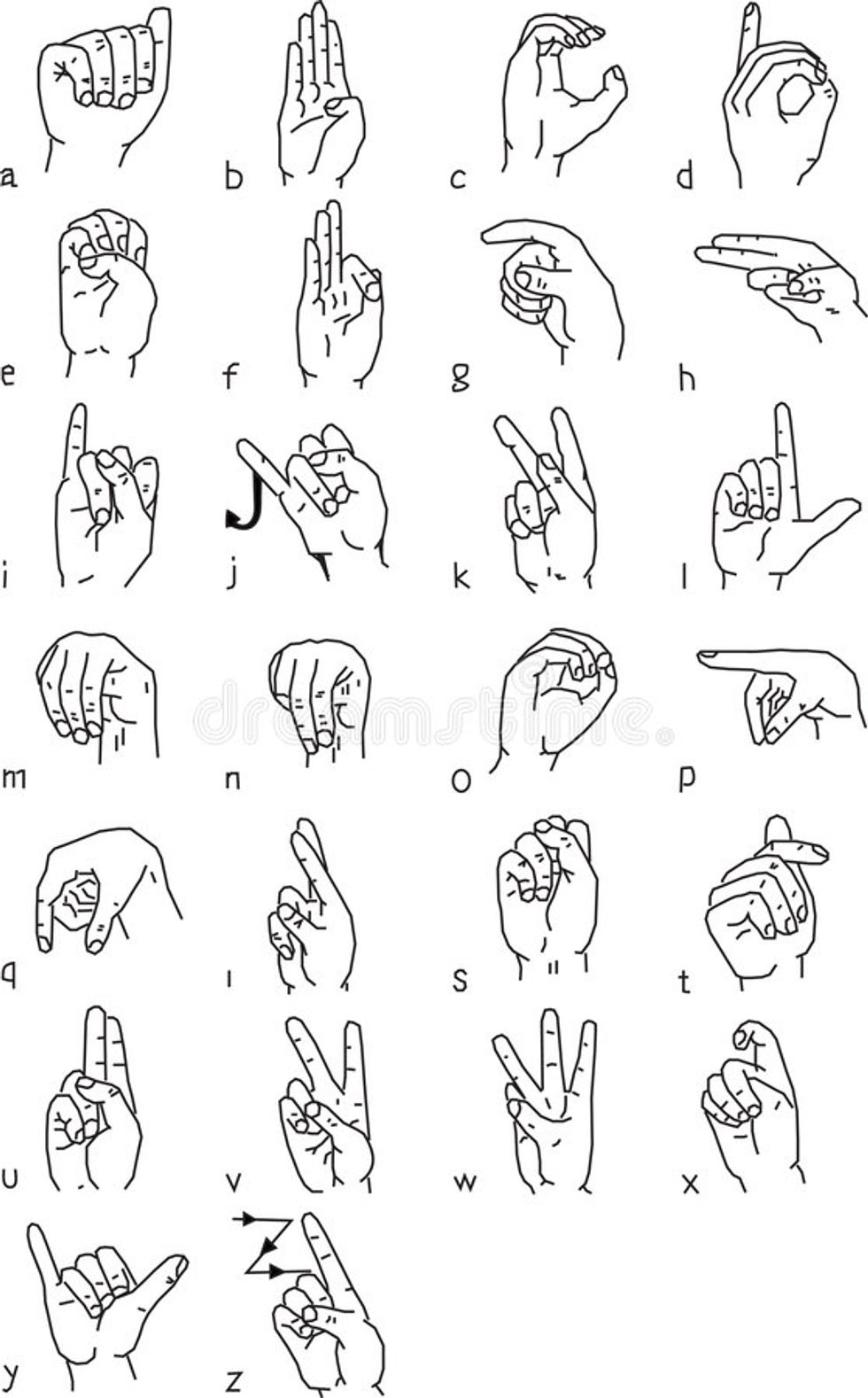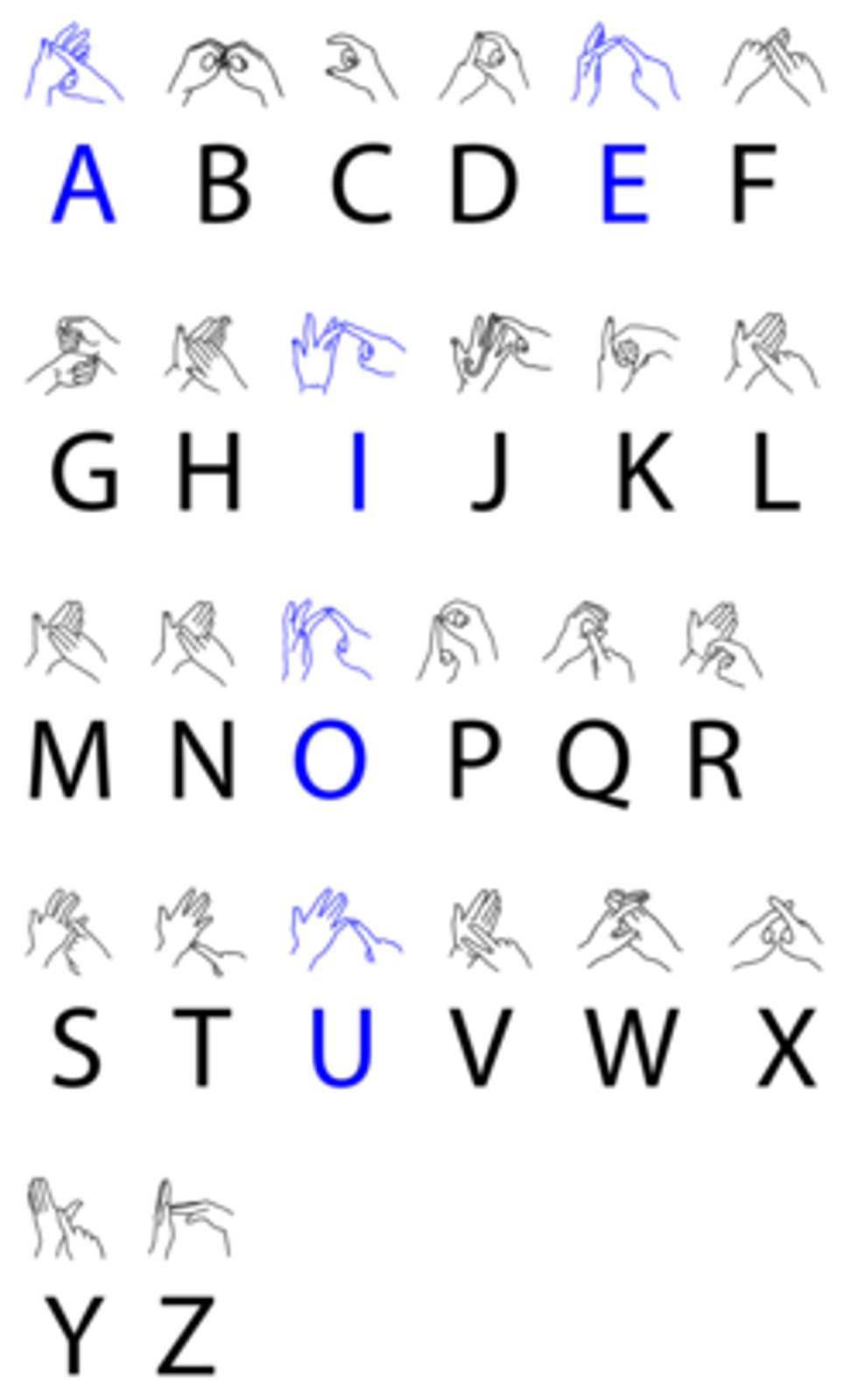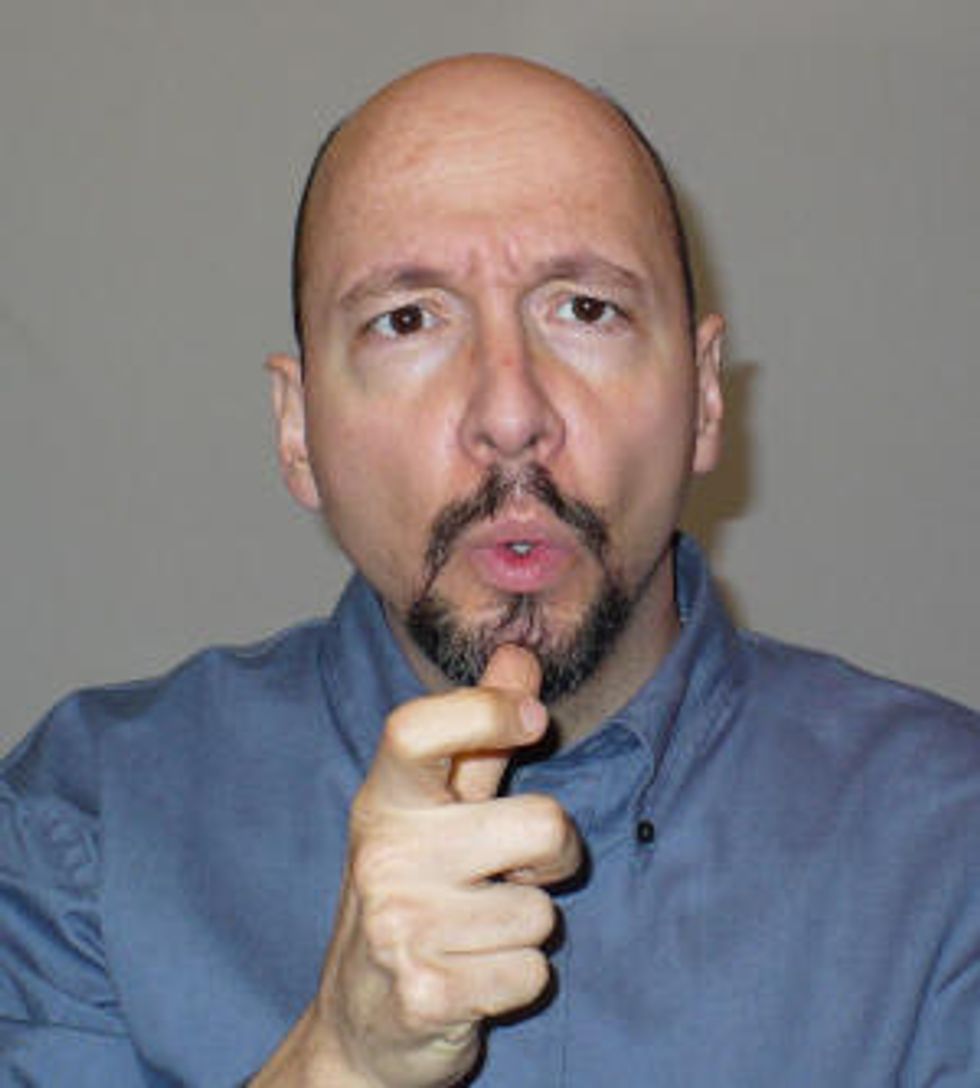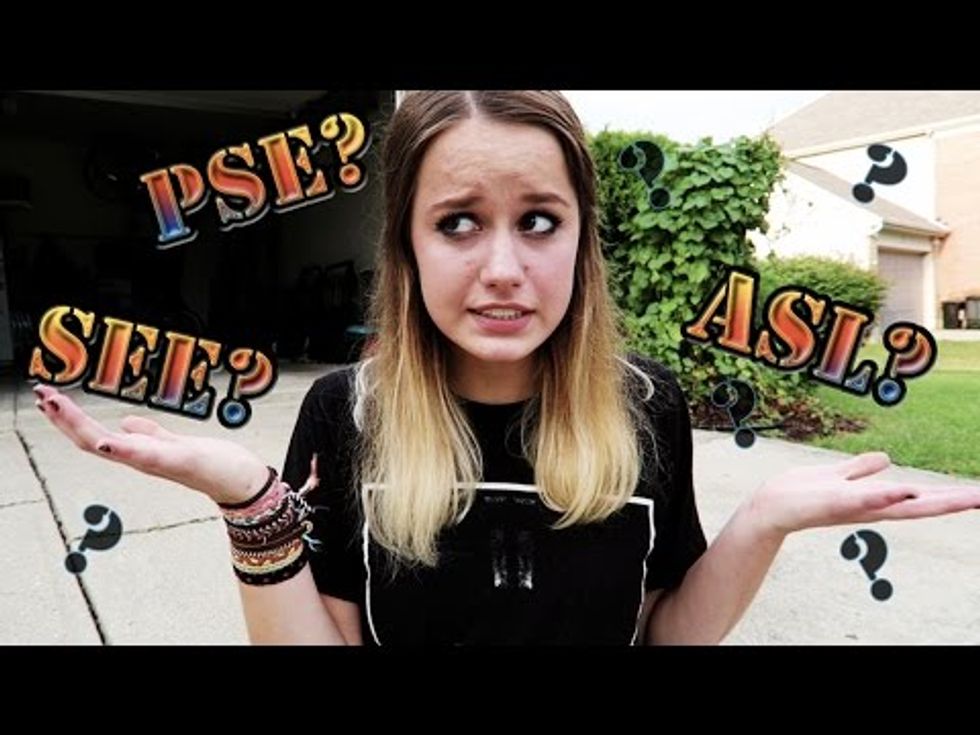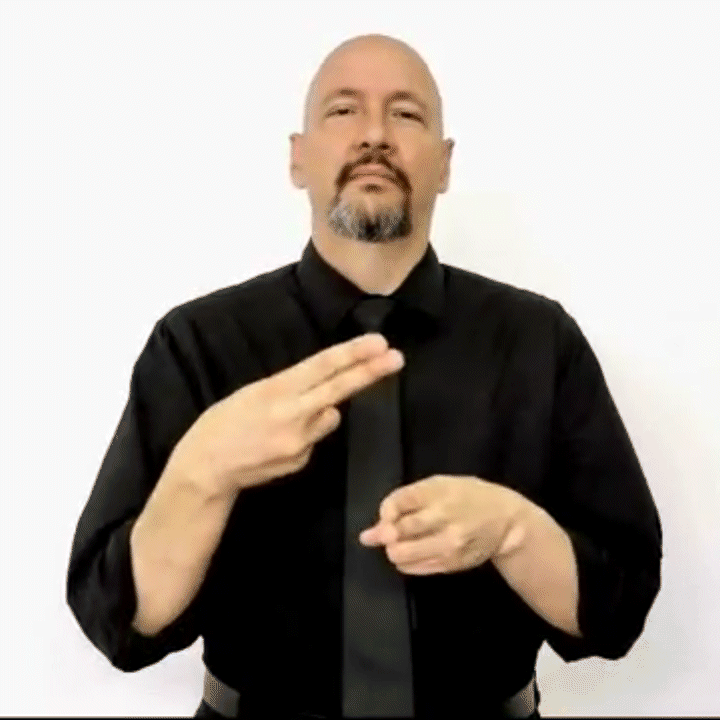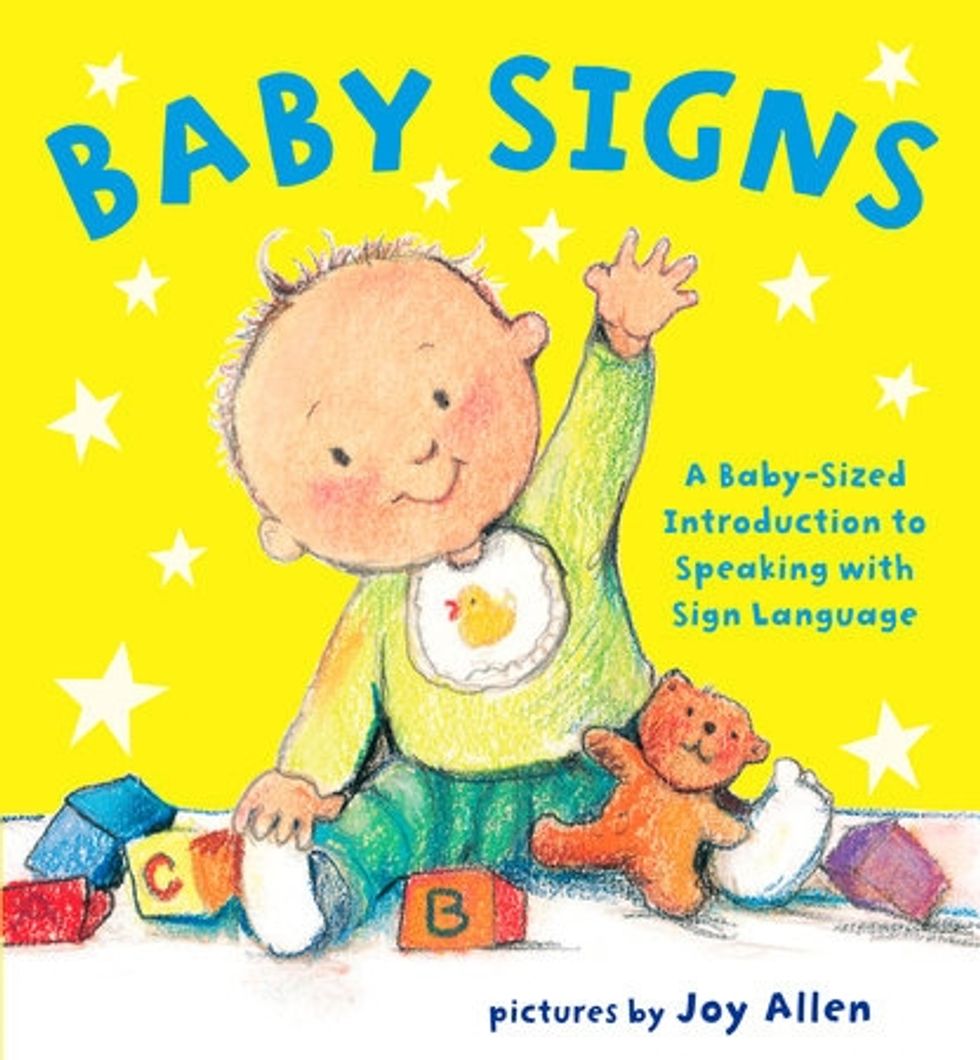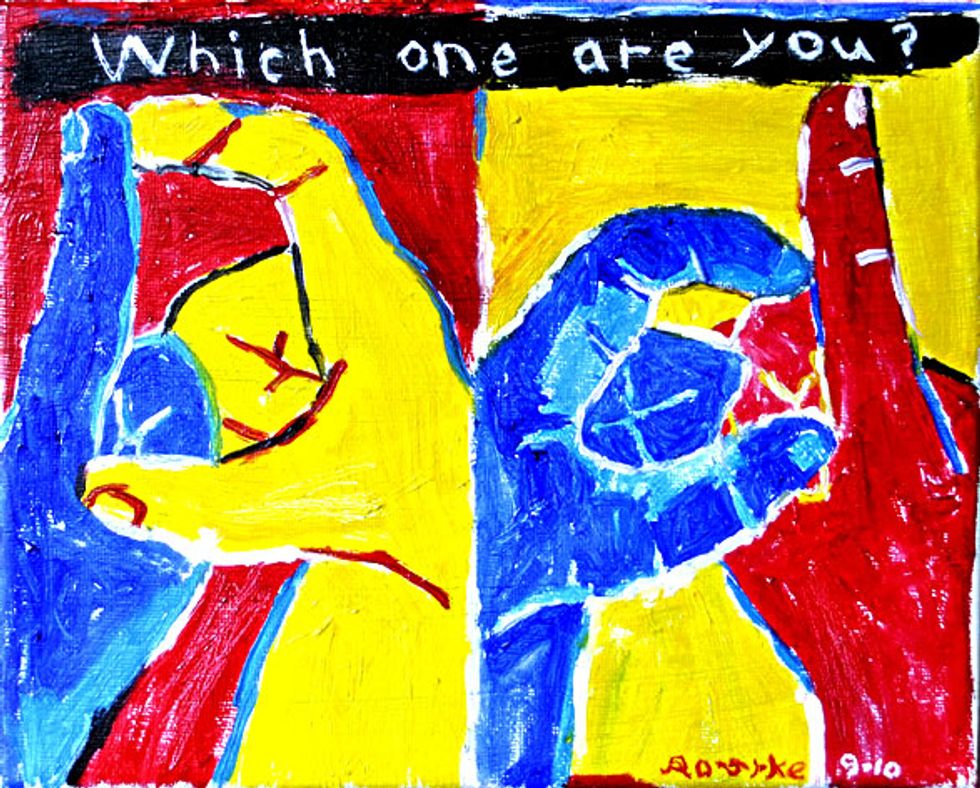American Sign Language (ASL) is a visual language that includes hand movements, facial expressions, and body language. According to the World Health Organization, 466 million people around the world have some degree of hearing loss. Here are six things many don't know about the language.
1. Sign Language differs in each country.
ASL uses one hand to sign the alphabet while other sign languages, such as British Sign Language, use two hands.
2. Sign Language does not only consist of signs but also facial expressions.
When using sign language, you have to pay attention to signs but your facial expressions can show the difference between two signs. Also, since you can not hear the tone of someone's voice you have to show it. When asking a
3. PSE and SEE are not ASL.
PSE stands for Pidgin Signed English and is not the same as American Sign Language. PSE is a mix between English and ASL. PSE uses mostly English syntax with some ASL signs. SEE stands for Signing Exact English, which has a sign for every English word, even those that are not used in ASL. For example, in English, you might say, "The cat is running," in SEE you will sign, "The cat is running," and in ASL you will sign, "CAT RUN"
4. Name signs must be given to you by a Deaf person.
Spelling out a name every time you talk about a person can be annoying. This is why name signs exist. Name signs are given to you by someone who is Deaf. It usually consists of the first letter of your first name and a quality you possess.
5. Babies can communicate in sign before being able to communicate verbally.
Babies know how to communicate with sign language before they can communicate verbally. This is due to the fact that babies do not know how to form the sounds in their mouths accurately until a certain age. At this age, babies already know the idea of communication and can sign to you. If you teach your baby sign language before he or she can speak, he or she can tell you if they need to use the restroom and if they are hungry, among many other things. Baby signing is obviously not as accurate as an adult using sign language, but babies' fine motor skills will slowly develop to form the signs accurately.
6. There is a difference between Deaf and deaf.
There is a difference between Deaf with a big "D" and deaf with a little "d". People that consider themselves Deaf consider themselves part of Deaf culture. When someone considers themselves as deaf, they mean they are deaf and can not hear, but they do not consider themselves to be within the deaf community.


